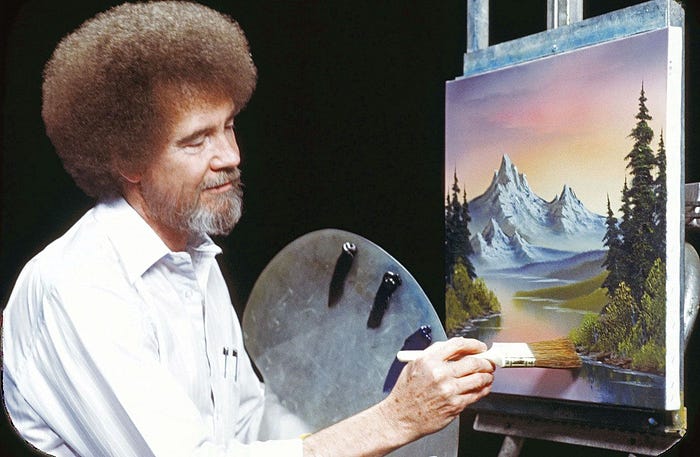The Biggest Misconception About UX Design
Photo by Alice Dietrich on Unsplash
I can’t tell you how many times I’ve talked about UX design with friends or family and heard them say something along the lines of:
“I’m not creative. I can’t draw for my life.”
Personally, I’ve taken a few art classes in my days, but I wouldn’t consider myself an artist or a creative. Many people change their careers from “non-creative” fields like health science or engineering into design.
So do you really need to be creative to be a good UX designer?
In order to answer this question, let’s understand what creativity is.
What is creativity?
According to Oxford Languages, creativity is defined as “the use of the imagination or original ideas, especially in the production of an artistic work.”
I believe that most people have the ability to imagine or come up with original ideas. The second part of the definition implies creativity is often used in an artistic way, such as through visual or performance art.
So what comes to mind when you think of jobs in the creative industry?
Perhaps a painter, musician, or art director, but maybe not a UX designer.
Photo by Soundtrap on Unsplash
Reality of UX Design
Let’s take a step back and look objectively at the role of a UX designer.
In the real world, design works hand-in-hand with business. As a designer, I help create products that generate business for a company. Having a well-designed product greatly improves the prospects of acquiring new customers and retaining existing ones. But there would be no business without roles like sales consultants, customer success managers or product managers.
The design side of UX design
To me, the design side of UX design is about solving problems. The way I do that is by:
- Understanding our users’ needs and frustrations
- Analyzing quantitative and qualitative data to extract insights
- Applying design systems and usability principles to create experiences that allow our users to achieve their goals
The business side of UX design
Then, there’s the business side of design, which involves:
- Aligning with stakeholders on business goals and strategy
- Prioritizing an outcome-driven product roadmap
- Influencing the roadmap by communicating business impact
So far, it doesn’t sound like UX designers spend their days imagining things or creating art.
So do you need to be creative to work in UX design?
Well, yes… and no.
“The use of the imagination or original ideas…”
UX design might not be as creative as one might think since many ideas have been reused and recycled.
In fact, sometimes the best design is the simplest approach. What users want is a solution that will solve their problems. They might not necessarily want an innovative app that reinvents the wheel.
Good design should be unnoticeable to the user, as some patterns or mental models have been tested over time and work best if they remain unchanged. Many applications follow design systems such as Apple’s Human Interface Guidelines or Google’s Material Design, providing a familiar and intuitive experience to users.

“…especially in the production of an artistic work.”
You don’t need to be Bob Ross, although a background in painting might benefit you in understanding design principles, such as balance, contrast, white space, etc.
But again, you will often be using design systems that provide guidelines for how the UI will look and behave. This takes out most of the visual creativity aspect that people might expect more in graphic design.
Not to mention, the product or service that you work on most likely serves a purpose to a group of users and is not just artistic work.
How does creativity play into the role of a UX designer?
Although UX design might not require your typical “creative” skills that you might associate with artists, UX designers often apply creativity in their thinking and communication. This can include running design thinking workshops to gain alignment or using storytelling as a way to engage stakeholders when communicating your ideas.
The core of designing good user experiences is being able to solve problems which involves creative thinking. This might involve thinking outside the box to brainstorm ideas, such as with a Crazy 8’s session. It also involves thinking inside the box and working under a set of constraints, such as time, resources and business goals.
Bottom line
If you don’t think you are creative, but are still interested in UX design, don’t let it hold you back.
UX design is not your typical creative job. It’s business-oriented and data-driven. It’s about solving problems for users while helping the business achieve their financial goals. The experiences that you design are just a way to bring in more customers to use your company’s products and services.
UX design involves creative thinking under business restraints. You need to be analytical, empathetic and have strong communication. You also should have an understanding of business goals and how your designs affect product strategy.
All of these skills put together make a strong UX designer. Don’t put too much weight on the creativity aspect. If you enjoy thinking, communicating, and problem solving, then UX design may be the right career for you.
Source:The Biggest Misconception About UX Design | by Eric Chung | Sep, 2022 | UX Planet
